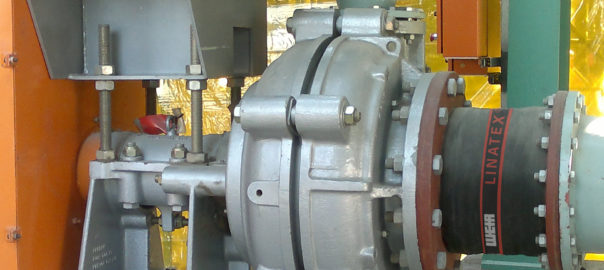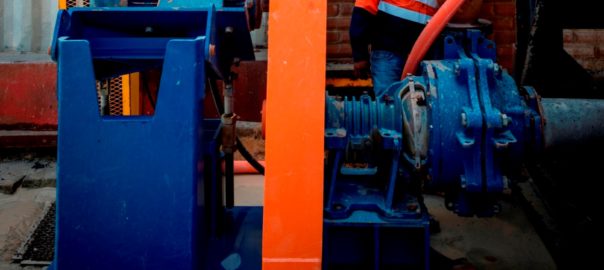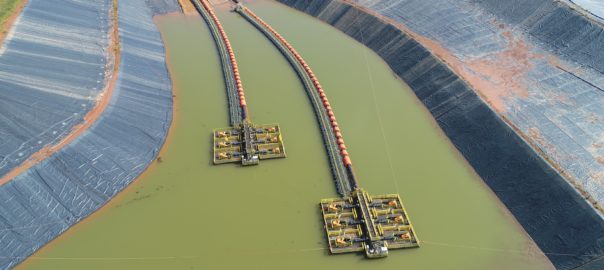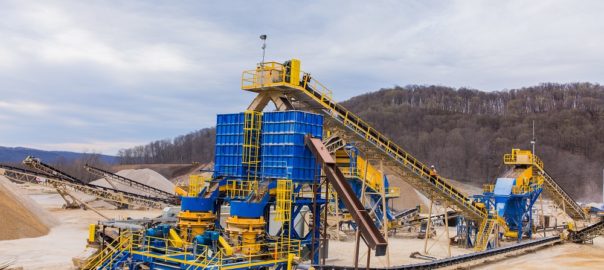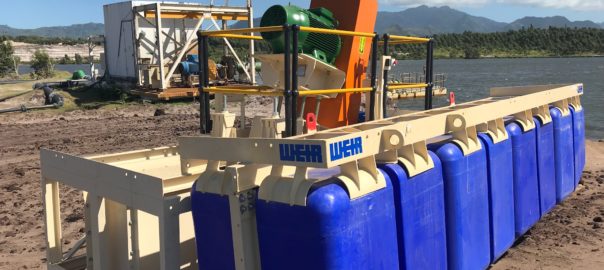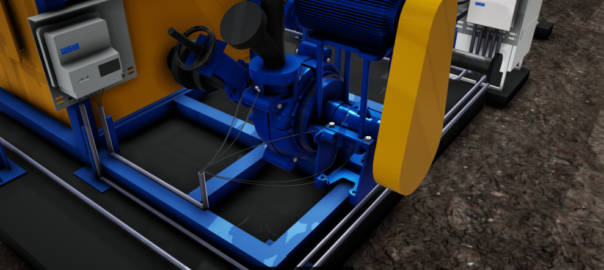Weir Minerals’ Warman® AHF pumps have been put to the test at two mines in South Africa’s Limpopo Province, the company said.
The pumps were tasked with pumping frothy, high density and viscous slurries at the platinum and phosphate mines.
Weir said: “Handling froth in some process circuits can be very challenging, as froth will air-bind a conventional slurry pump. In froth applications, the Warman AHF inducer impeller solves this problem, producing far less surging. The inducer impeller and oversized inlet enhance the movement of the froth, high density or viscous slurries into the impeller, facilitating effective transportation.
“In addition, its higher efficiencies mean a smaller pump will deliver the required results.”
At the platinum operation, a Warman AHF 2 pump was commissioned in early 2016. It has met the specified flow rate of 40 m3/h with no pump-related stoppages, repairs or replacements, according to Weir.
A 12-month trial period showed the unit saved the mine over R200,000 ($14,153) when compared with the cost of the competitor pump installed previously. Based on this, the mine replaced another eight competitor products with Warman AHF pumps, Weir said. It has approved the Warman AHF 3 pumps as standard for all frothy applications at the plant’s first flotation section, and Warman AHF 2 pumps for the second flotation section, the company added.
The Warman AHF pumps – with Hi Seal® expeller (dry gland) design – were also tested in a viscous slurry application at the phosphate mine in Limpopo for six months. According to Weir, they demonstrated they could continuously pump the high-density viscous underflow slurry at relative densities above 1.9. “As a result, the customer purchased the pump and began upgrading all the remaining concentrate thickener underflow pumps to the Warman AHF pump technology,” Weir said.
This reduced the plant’s operational costs significantly, decreased dewatering and concentrate moisture extraction operations, improved filtration efficiency and increased concentrate throughput to the dryers, according to Weir. The Warman AHF pump also extended the underflow pumping boundaries and the overall reliability of the thickener underflow pumping system.
“Other field and laboratory tests have proven that the Warman AHF pump has largely overcome the problem of high-density viscous underflow slurries, with negligible effects on head at slurry yield stresses up to 200 Pa,” the company said.
Jacques Pretorius, Weir Minerals Africa’s Pump Product Development Specialist, said the approach to solving any thickener underflow pumping problem must be based on a thorough understanding of the entire application, the mineralogy and rheological behaviour of the slurry.
“Successful thickener underflow pumping projects are only achievable through involving a team of thickener engineers, pumping engineers and rheological consultants,” he said. “Weir Minerals’ pump trial campaigns confirm the successful operability of the Warman AHF pumps in viscous slurry applications.”






